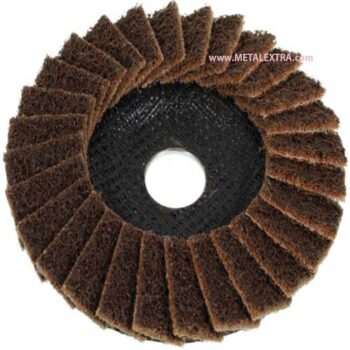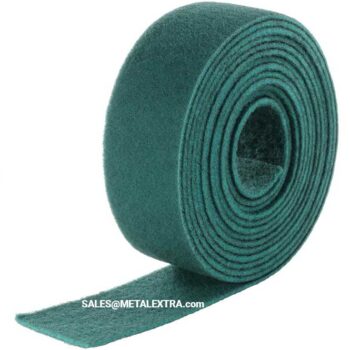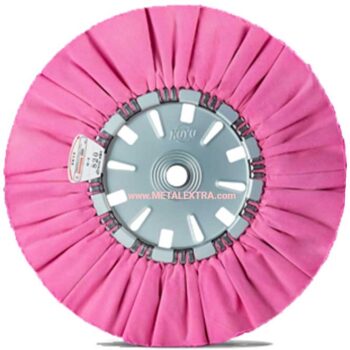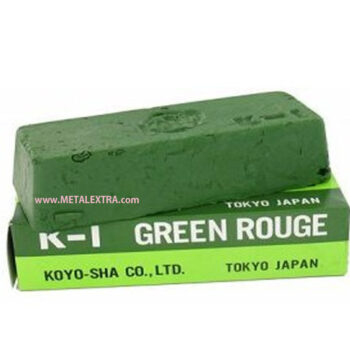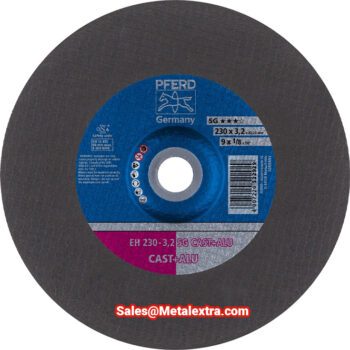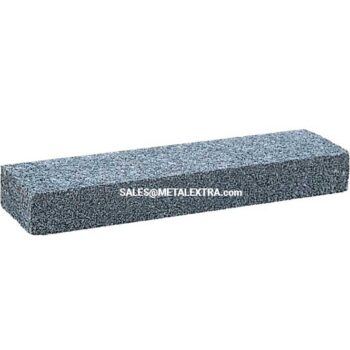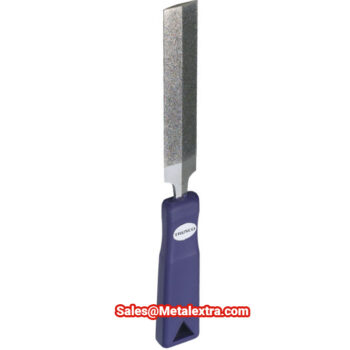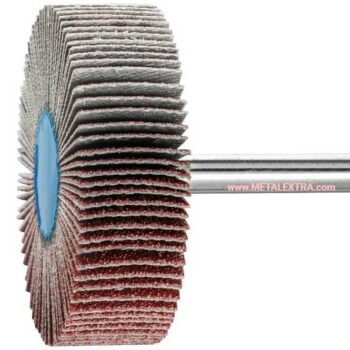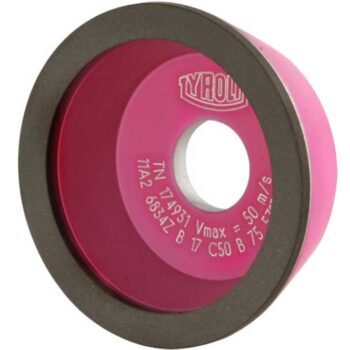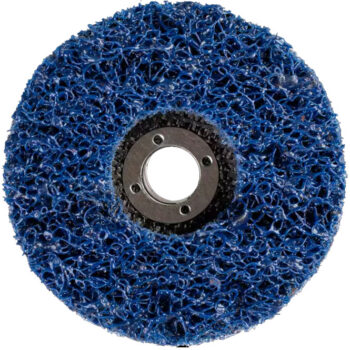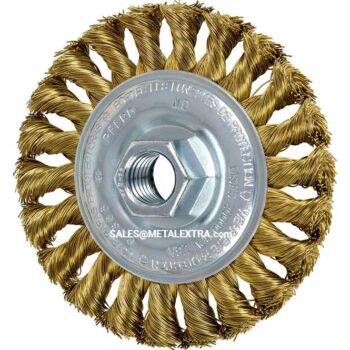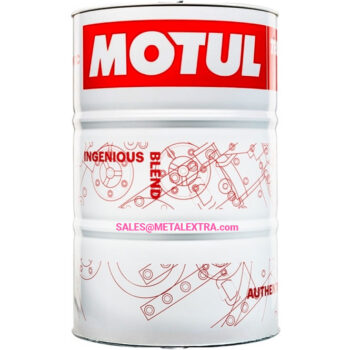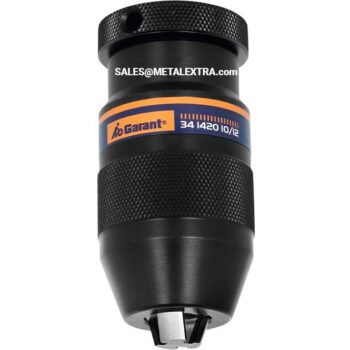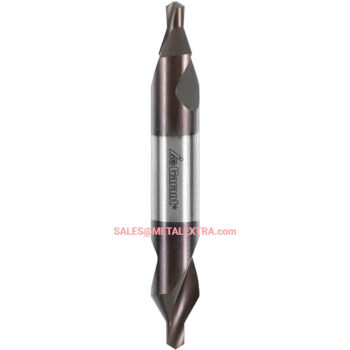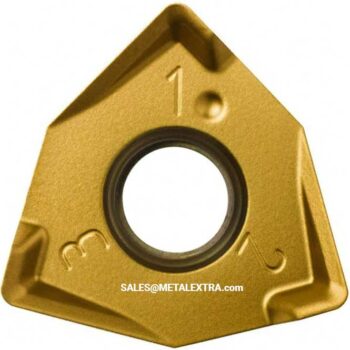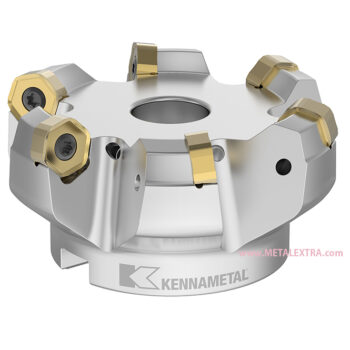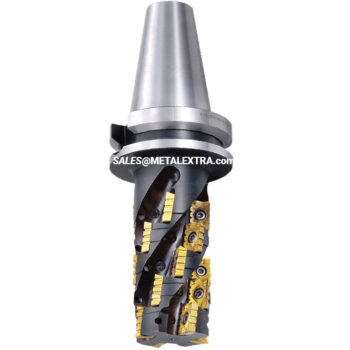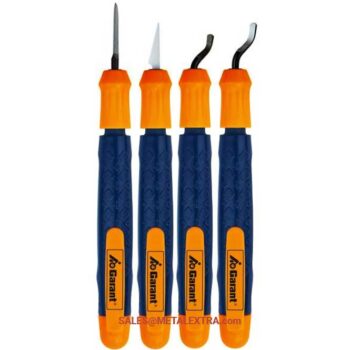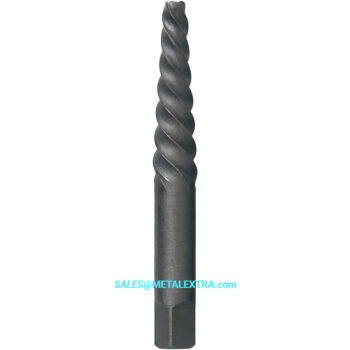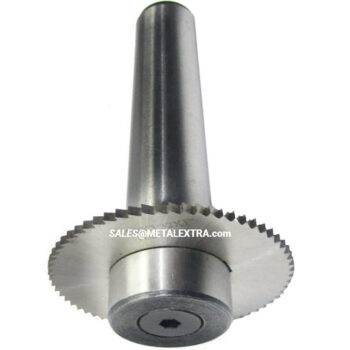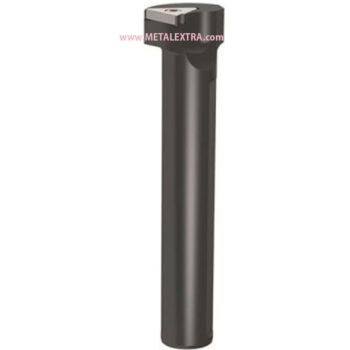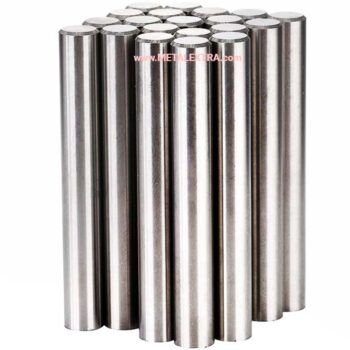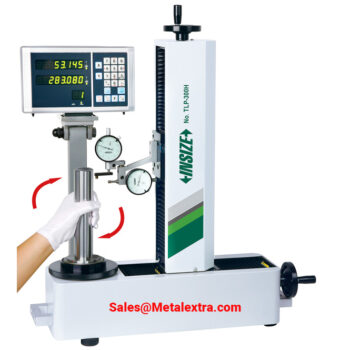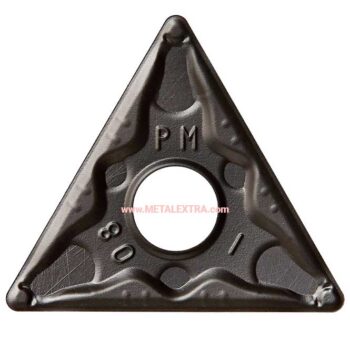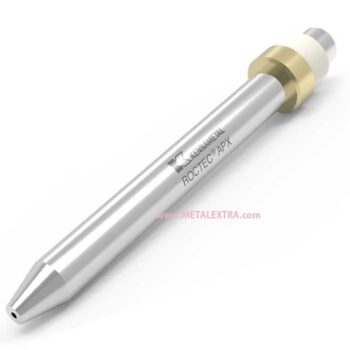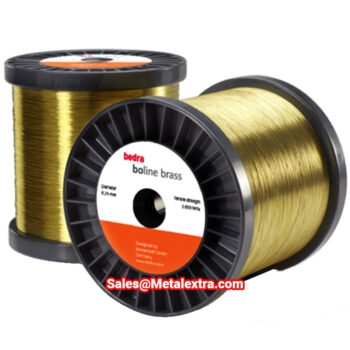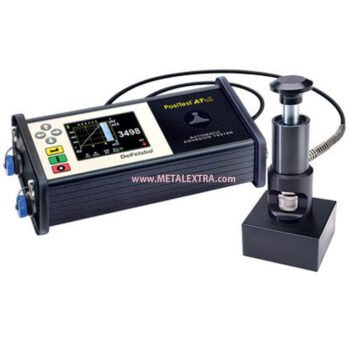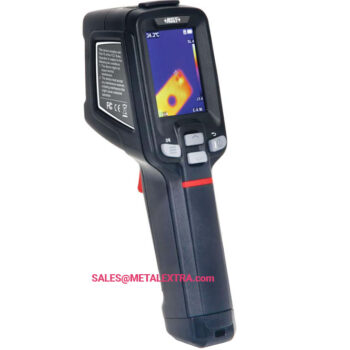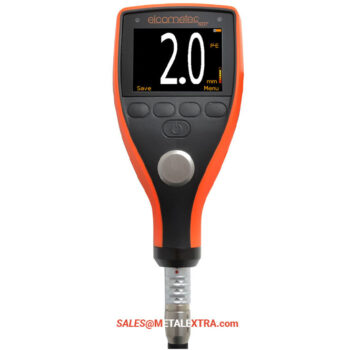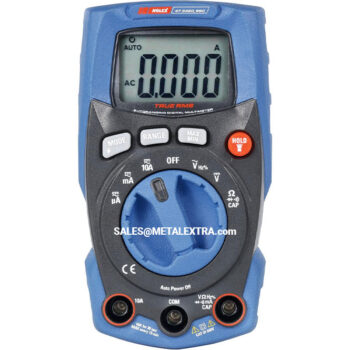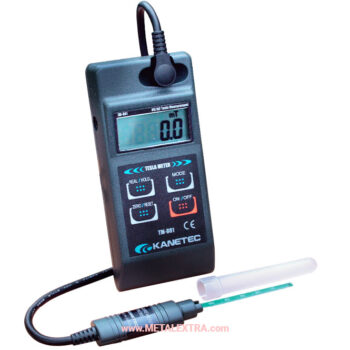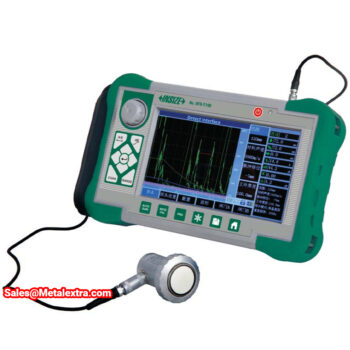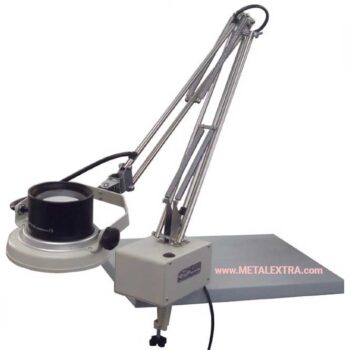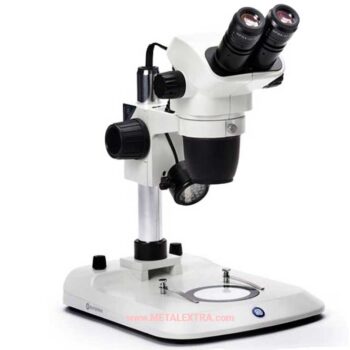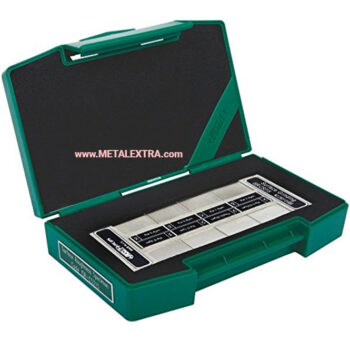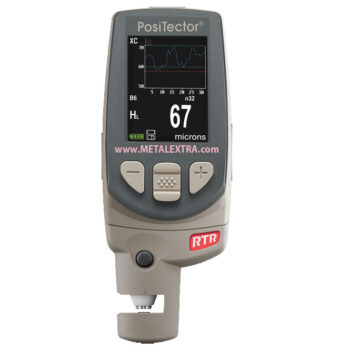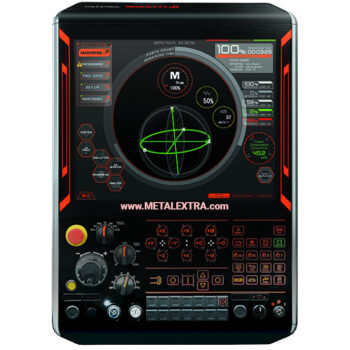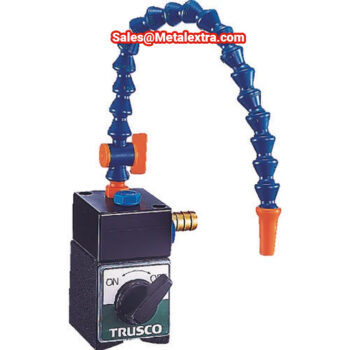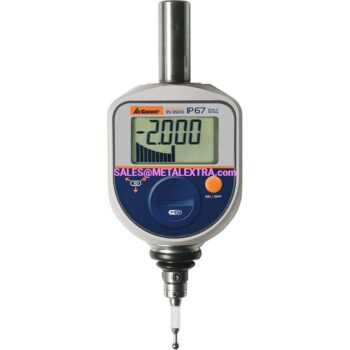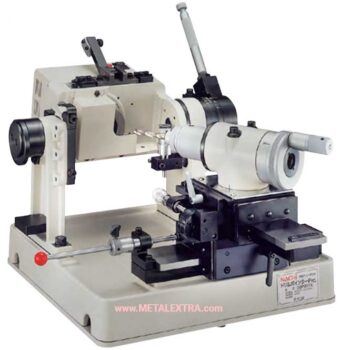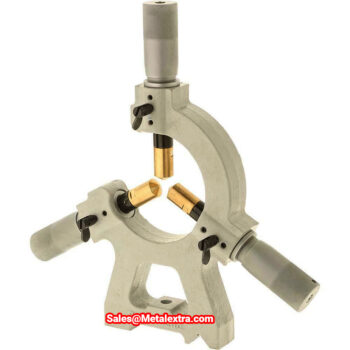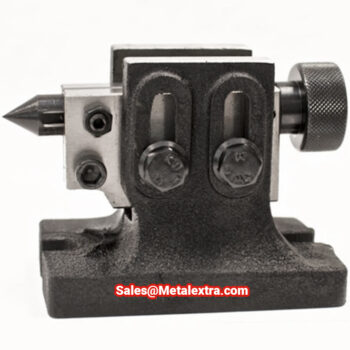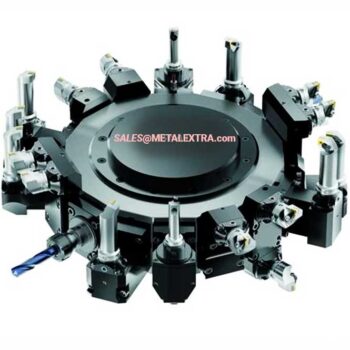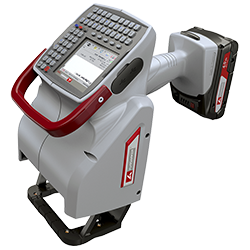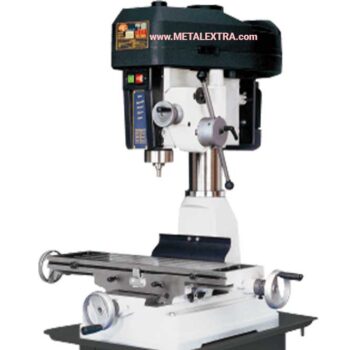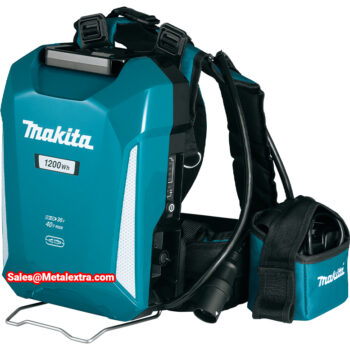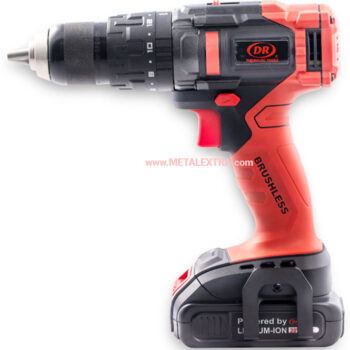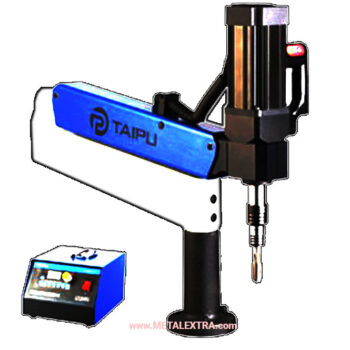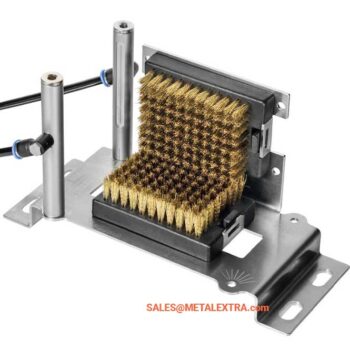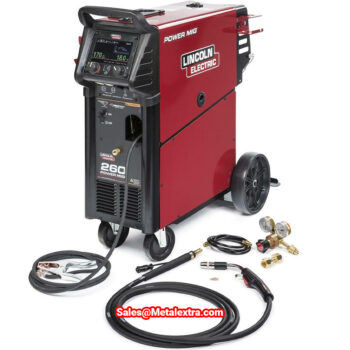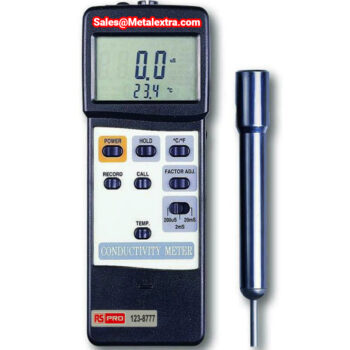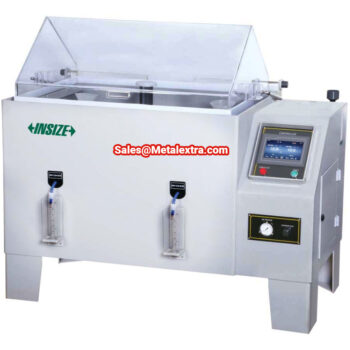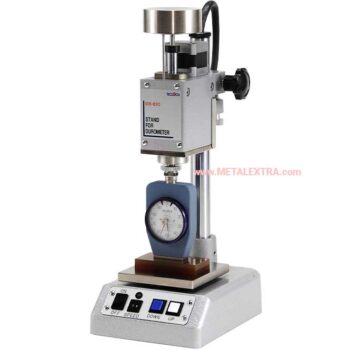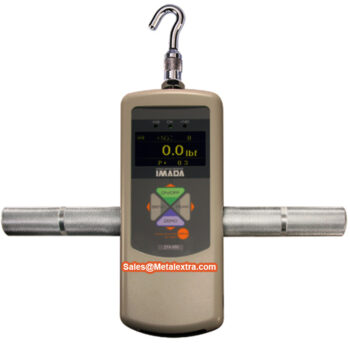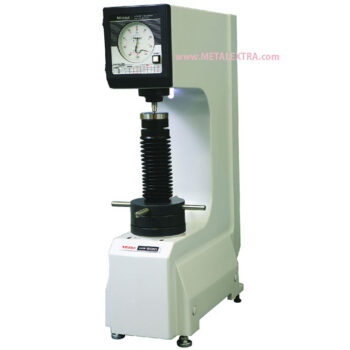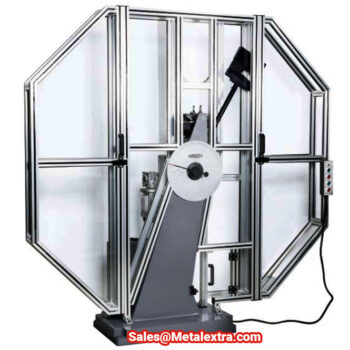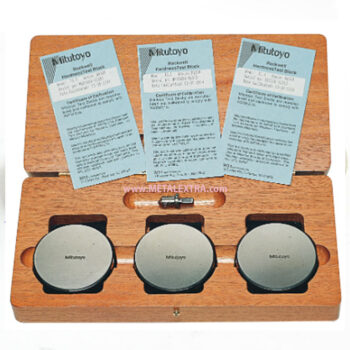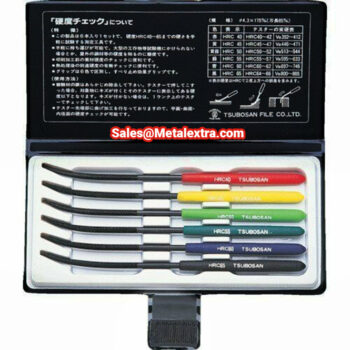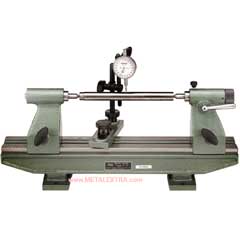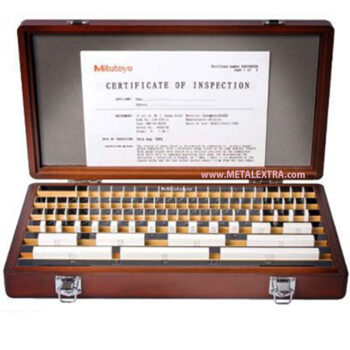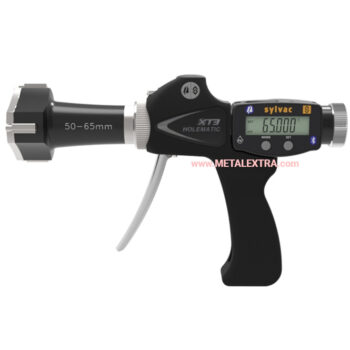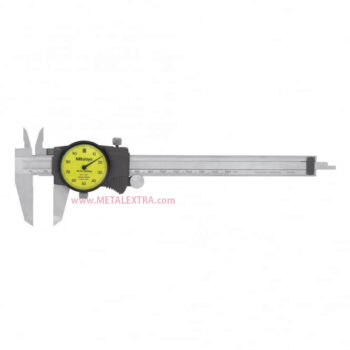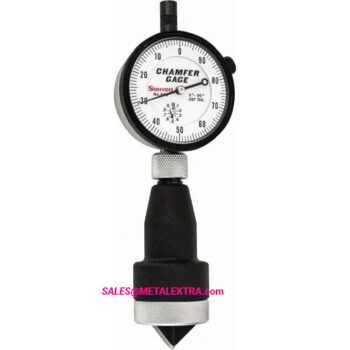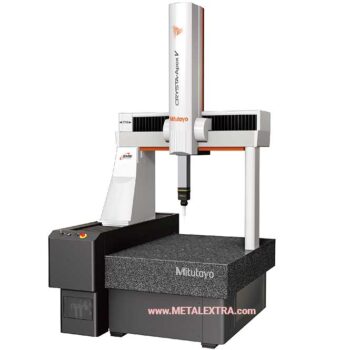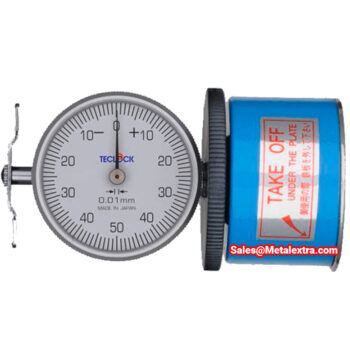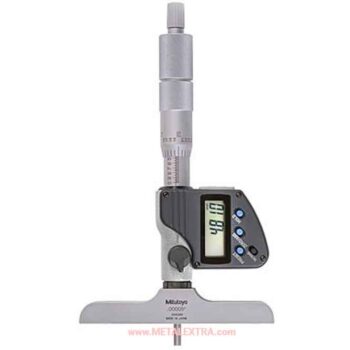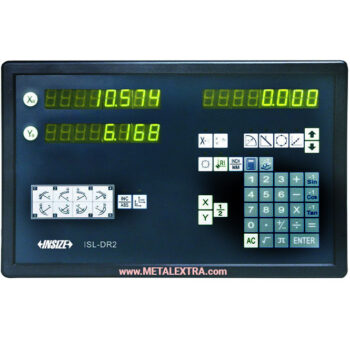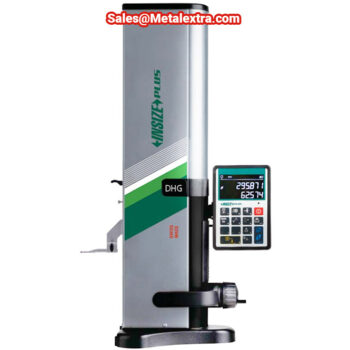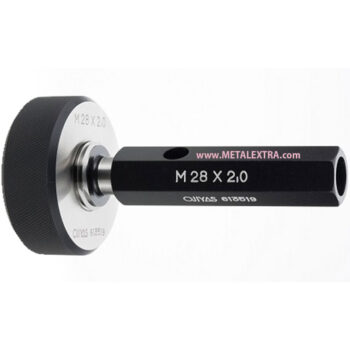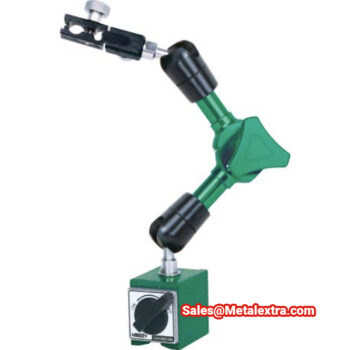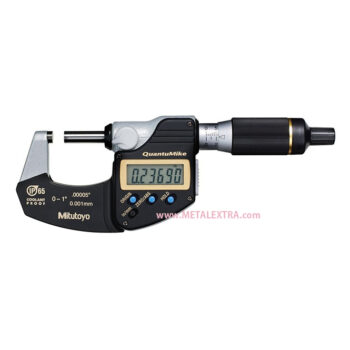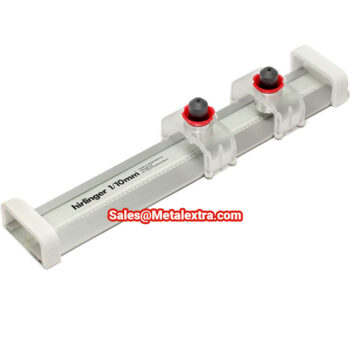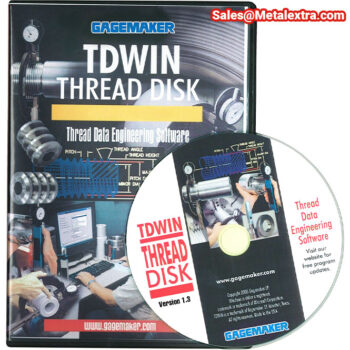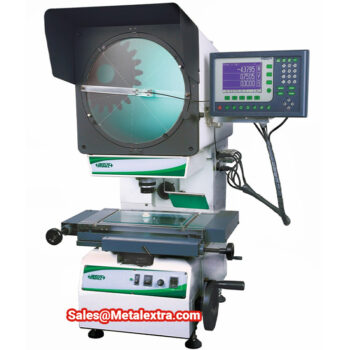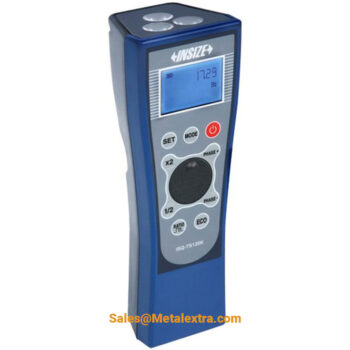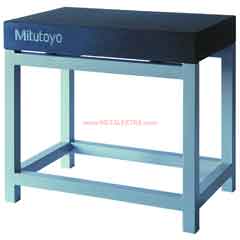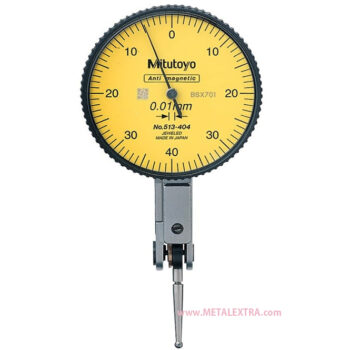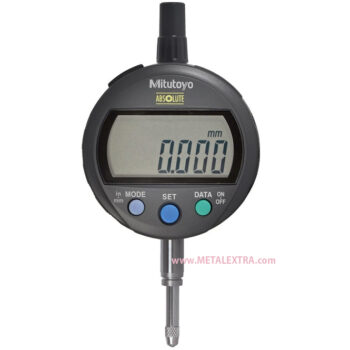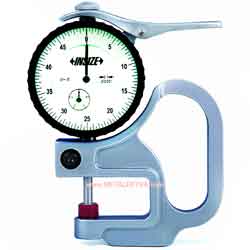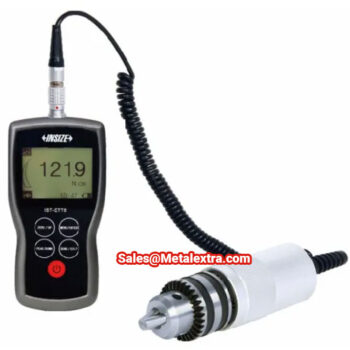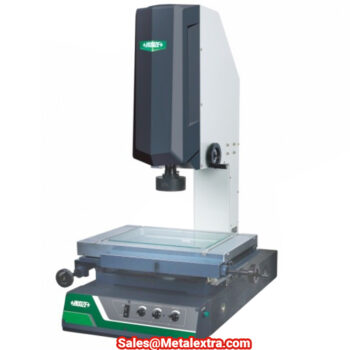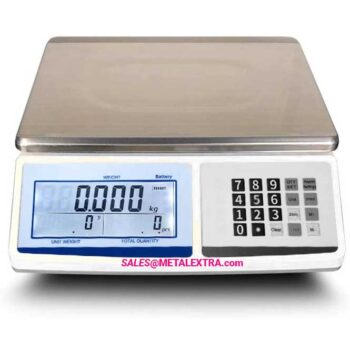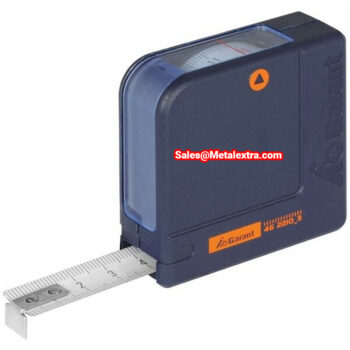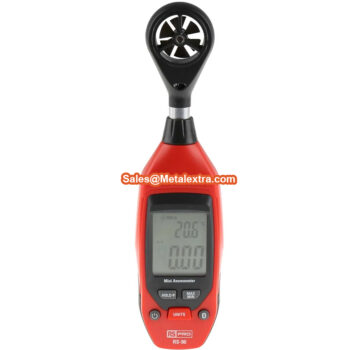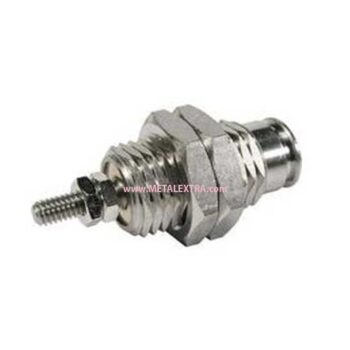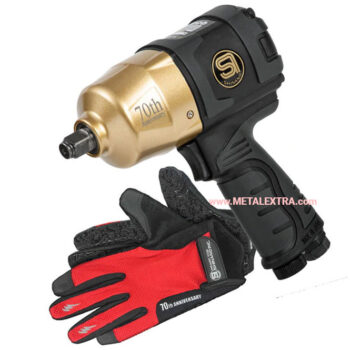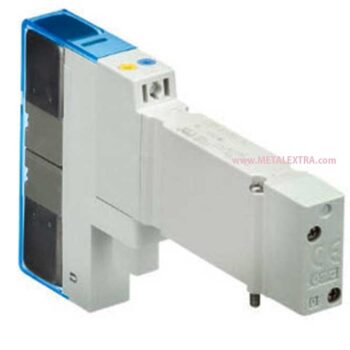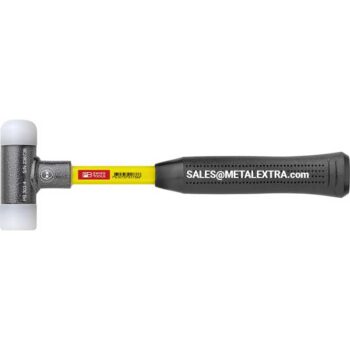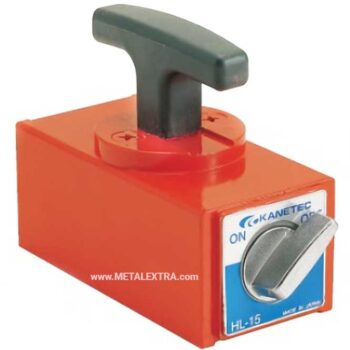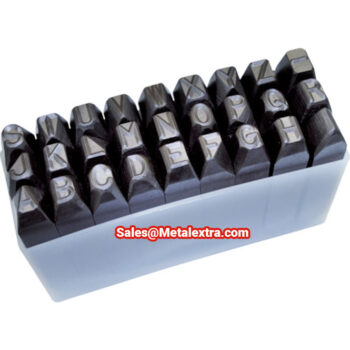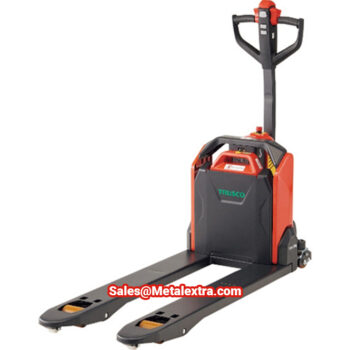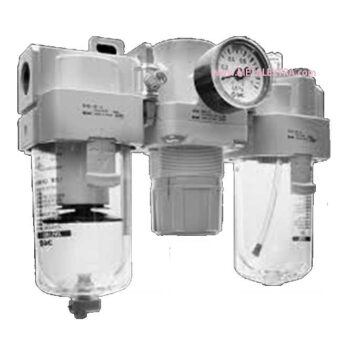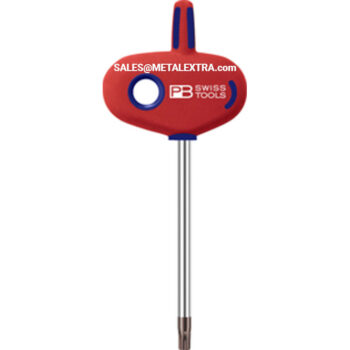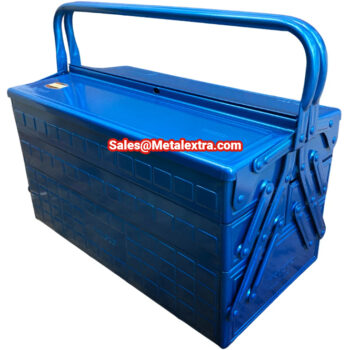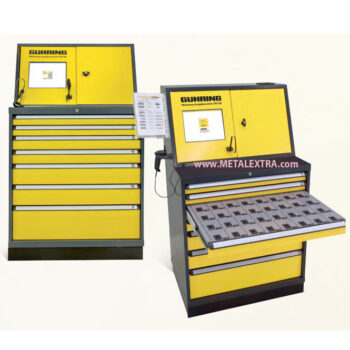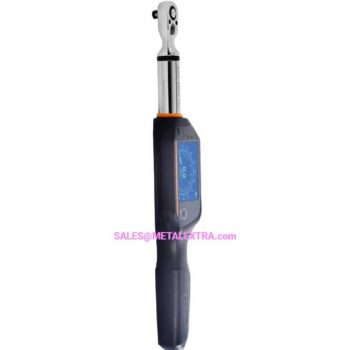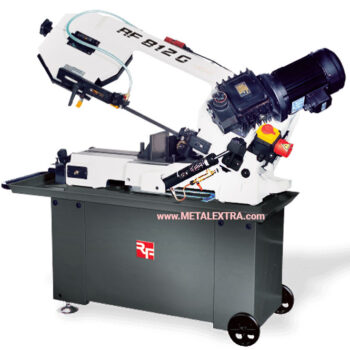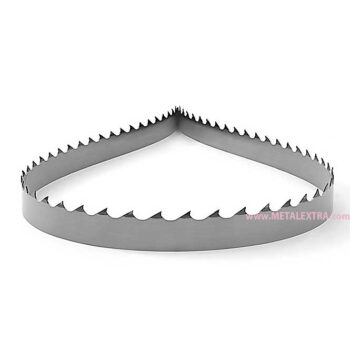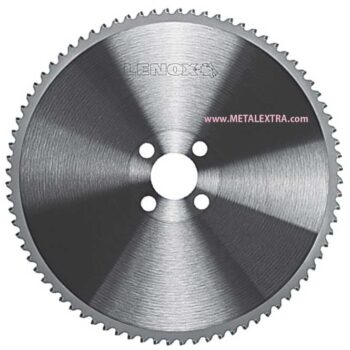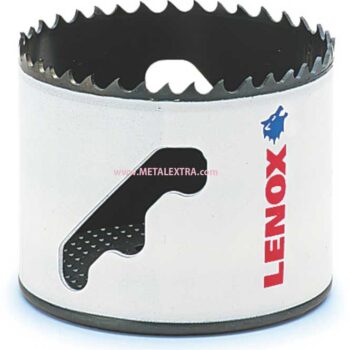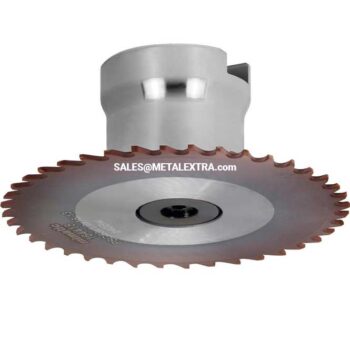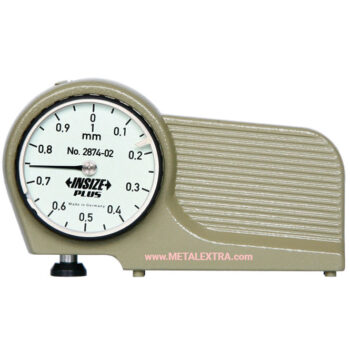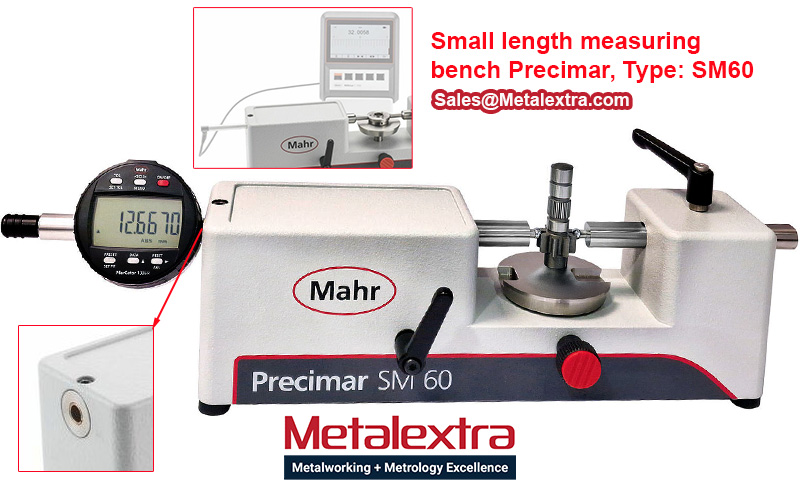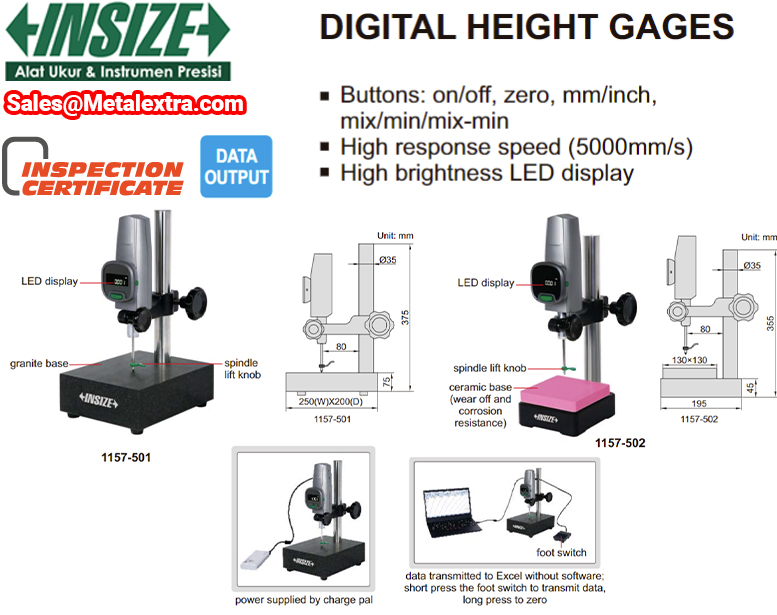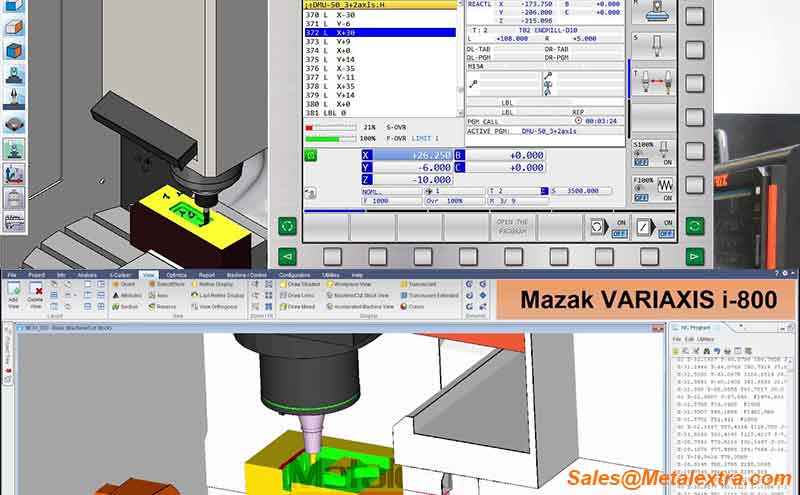Cutting Tools, Expertise
What is End Mill?
End mills are used in milling applications such as profile milling, tracer milling, face milling, and plunging. Several broad categories of end- and face-milling tools exist, such as center-cutting versus non-center-cutting (whether the mill can take plunging cuts); and categorization by number of flutes; by helix angle; by material; and by coating material. Each category may be further divided by specific application and special geometry.
+ Closed slots
+ Shallow slots
+ Non-linear slots
+ Versatility (additional methods):
-
Trochoidal slot milling for difficult materials (hard steels, HRSA, etc.)
-
Plunge milling as a problem solver for long tool overhangs
-
Additional semi-finishing/finishing operations can be added easily
-
An endmill can be used for operations other than slot milling
– Deep slots
– High forces
– Vibration sensitive if deflected
It is becoming increasingly common for traditional solid end mills to be replaced by more cost-effective inserted cutting tools (which, though more expensive initially, reduce tool-change times and allow for the easy replacement of worn or broken cutting edges rather than the entire tool).
End mills are sold in both imperial and metric shank and cutting diameters. In the USA, metric is readily available, but it is only used in some machine shops and not others; in Canada, due to the country’s proximity to the US, much the same is true. In Asia and Europe, metric diameters are standard.
A variety of grooves, slots, and pockets in the work-piece may be produced from a variety of tool bits. Common tool bit types are: square end cutters, ball end cutters, t-slot cutters, and shell mills. Square end cutters can mill square slots, pockets, and edges. Ball end cutters mill radiused slots or fillets. T-slot cutters mill exactly that: T-shaped slots. Shell end cutters are used for large flat surfaces and for angle cuts. There are variations of these tool types as well.
There are four critical angles of each cutting tool: end cutting edge angle, axial relief angle, radial relief angle, and radial rake angle.
Depending on the material being milled, and what task should be performed, different tool types and geometry may be used. For instance, when milling a material like aluminium, it may be advantageous to use a tool with very deep, polished flutes, a very sharp cutting edge and high rake angles. When machining a tough material such as stainless steel, however, shallow flutes and a squared-off cutting edge will optimize material removal and tool life.
A wide variety of materials are used to produce the cutting tools. Carbide inserts are the most common because they are good for high production milling. High speed steel is commonly used when a special tool shape is needed, not usually used for high production processes. Ceramics inserts are typically used in high speed machining with high production. Diamond inserts are typically used on products that require tight tolerances, typically consisting of high surface qualities (nonferrous or nonmetallic materials).
In the early 90s, use of coatings to reduce wear and friction (among other things) became more common. Most of these coatings are referred to by their chemical composition, such as:
-
Aluminium titanium nitride (AlTiN) coated end mills, coated using the cathodic arc deposition technique
-
TiN (a basic yellowish coating that has fallen out of wide use)
-
TiCN (a popular bluish-grey coating)
-
TiAlN and AlTiN (an extremely popular dark purple coating)
-
TiAlCrN, AlTiCrN and AlCrTiN (PVD coating).
-
PCD veins. Though not a coating some end mills are manufactured with a ‘vein’ of polycrystalline diamond. The vein is formed in a high temperature-high pressure environment. The vein is formed in a blank and then the material is ground out along the vein to form the cutting edge. Although the tools can be very costly, they can last many times longer than other tooling.
-
Advances in end mill coatings are being made, however, with coatings such as Amorphous Diamond and nanocomposite PVD coatings beginning to be seen at high-end shops (as of 2004).
End mills are typically made with CNC (computer numeric controlled) tool and cutter grinder machines under high-pressure lubricants such as water coolant, water-soluble oil, and high-flashpoint oil. Grinding inside the machine is accomplished with abrasive wheels mounted on a spindle (and in some cases, multiple spindles). Depending on what material is being ground, these wheels are made with industrial diamond (when grinding tungsten carbide), cubic boron nitride (when grinding cobalt steel), and other materials (when grinding, for instance, ceramics), set in a bond (sometimes copper).

